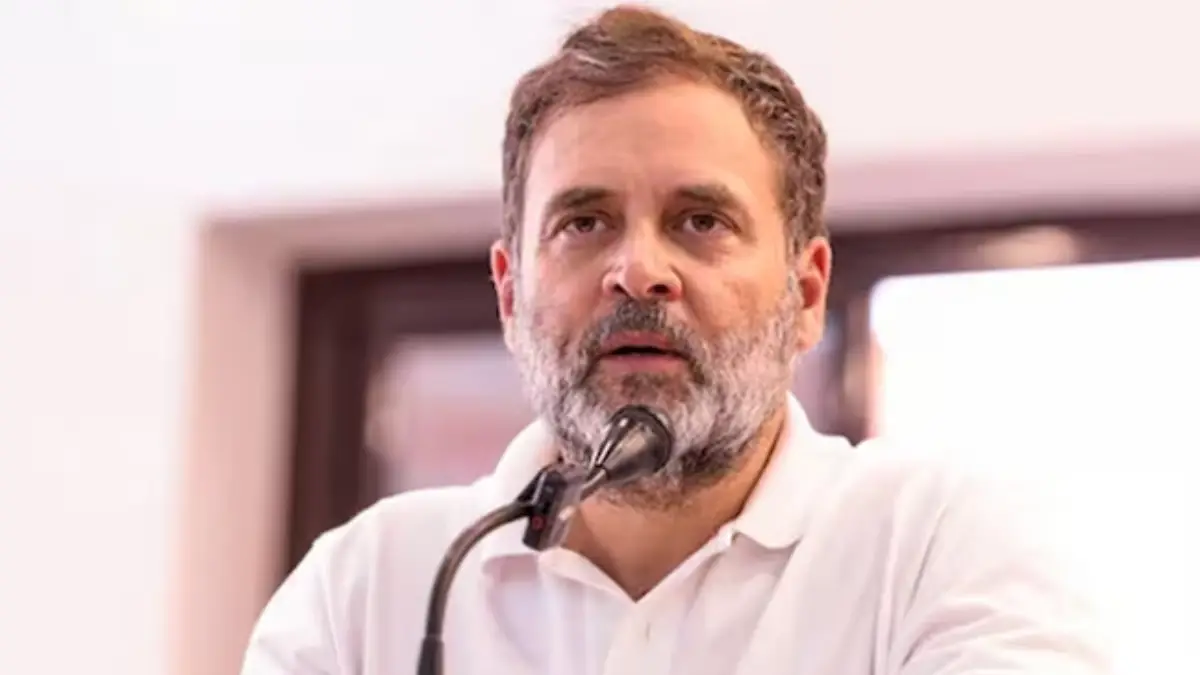Congress leader Rahul Gandhi has ignited a major political firestorm by alleging that India’s armed forces, along with corporations, the bureaucracy, and the judiciary, are “controlled” by a small section of the population, presumably upper castes. Speaking at a rally in Bihar’s Kutumba on November 4, the last day of campaigning for the first phase of state elections, he claimed that Dalits, backward classes, and minorities — whom he described as 90% of India’s population — have no representation in these key institutions.
“Take out the list of the 500 biggest companies, and search for Dalits, Extremely Backward Classes, Mahadalits, minorities, Adivasis in them. You will not find anyone,” Gandhi declared. He extended his argument to encompass the distribution of wealth, jobs, and power, stating, “They have control over the army. And the 90% population you will not find them anywhere.”
The speech was delivered in the SC-reserved Kutumba constituency, where Bihar Congress chief Rajesh Ram is the Mahagathbandhan candidate. While Gandhi has been a vocal proponent of a national caste census, this is believed to be the first time he has included the armed forces in his argument for social justice.
BJP Slams ‘Anti-Army’ Remark
Gandhi’s comments drew immediate and fierce condemnation from BJP leaders, who accused him of attempting to divide the nation’s apolitical armed forces along caste lines.
BJP spokesperson Pradeep Bhandari posted on X, “Rahul Gandhi now wants to divide even our Armed Forces on caste lines! The Indian Army, Navy, and Air Force stand for Nation First, not caste, creed or class. Rahul Gandhi is Anti – Indian Army!”
Andhra Pradesh minister Satya Kumar Yadav echoed this sentiment, writing, “Rahul Gandhi’s rhetoric has hit a new low. By dragging the Indian Army into his casteist tirade, he has insulted one of the world’s most professional and apolitical forces.”
The Data Debate
Rahul Gandhi has consistently used data from various surveys to argue that backward classes are underrepresented across sectors. Official caste-wise data for the armed forces is not publicly available, though some regiments have traditionally been named after communities.
However, government data on the judiciary, shared in Parliament, shows that between 2018 and 2022, only 11% of High Court judges were from OBC communities, 4% from SC/ST, and about 5% from minorities.
Furthermore, Bihar’s own 2023 caste survey found that so-called upper castes constitute just over 15% of the state’s population, while Extremely Backward Classes (EBCs) and Other Backward Classes (OBCs) together form over 63%.
